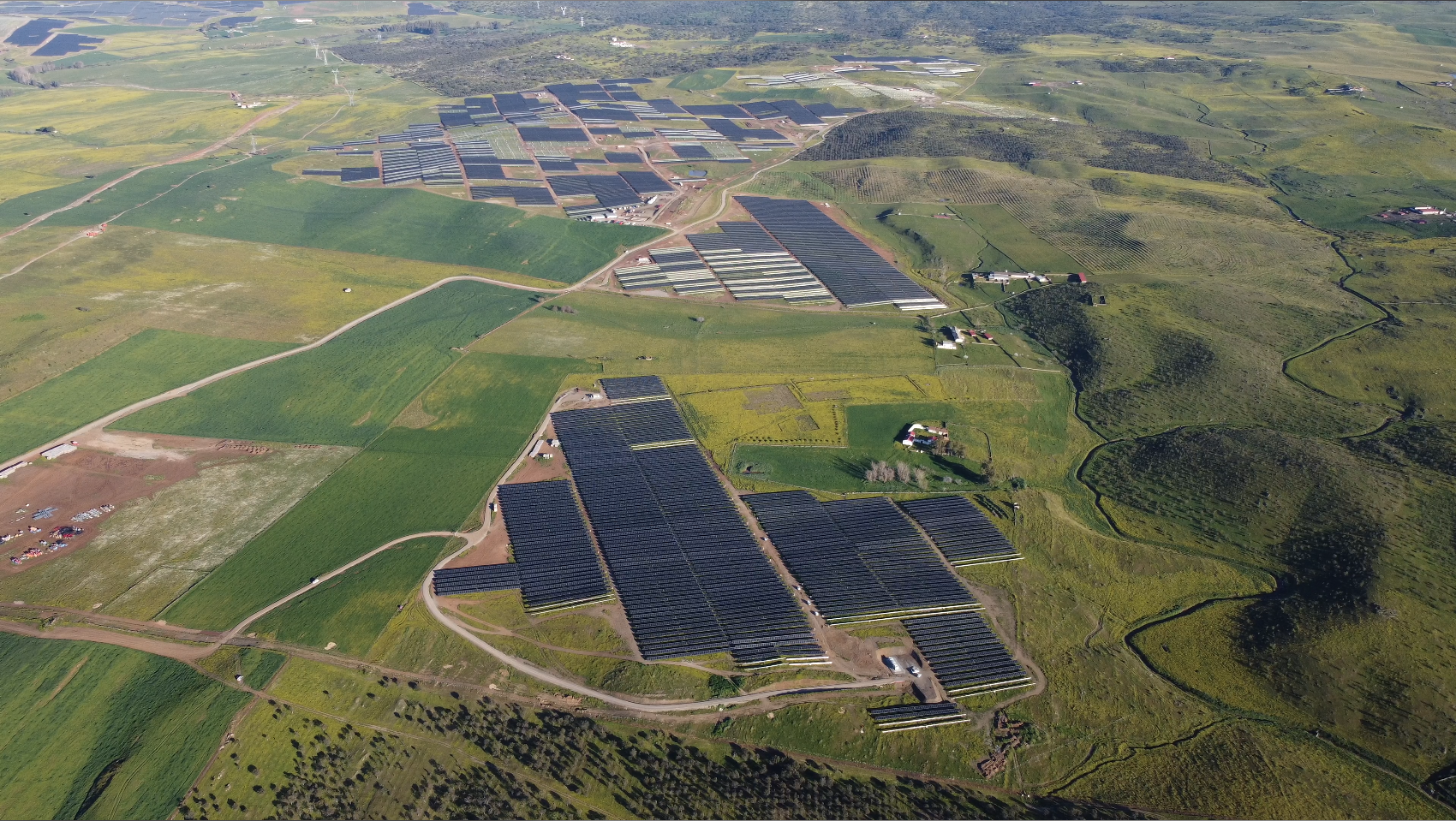In the clear, azure waters of the Mediterranean Sea along Italy’s shoreline, an unseen danger lurks just below the waves. Fishermen, environmental advocates, and officials are becoming more concerned about the rising number of illicit fishing traps—some extending for kilometers and remaining unnoticed until damage is done. These unauthorized and often hazardously built devices pose significant threats not just to marine ecosystems but also to legitimate fishing activities, maritime safety, and global conservation initiatives.
Described by coastal fishermen as “hidden perils,” these traps are compared to underwater minefields because of their dangerous and snaring structure. Constructed from plastic, mesh, rope, and concrete, a significant number of these instruments are placed deep within the ocean and secured to the sea floor. They’re often not marked effectively, which makes them virtually unnoticeable from above. This enables them to function for extended intervals without interference, capturing fish indiscriminately, harming fragile ecosystems, and even posing risks to vessels and divers.
The Italian Mediterranean, long known for its biodiversity and historic fishing culture, is increasingly falling victim to this shadow economy of unlicensed and unmonitored fishing. The traps—illegal under both Italian and European Union law—are part of a larger problem of overexploitation in one of the world’s most environmentally stressed seas. They primarily target high-value species such as sea bream, grouper, and lobster, all of which are already under pressure due to declining populations and climate change. The widespread use of illegal gear only adds to this ecological strain.
Based on assessments from maritime authorities and environmental organizations, the extent of the issue is overwhelming. It is thought that thousands of these traps are operational in the coastal waters of Italy at any moment, particularly within well-known fishing routes and protected marine areas. Extracting them is expensive, labor-intensive, and risky. Numerous traps are crafted to be challenging to recover—some are even rigged with traps to hinder their removal. For the officials responsible for eliminating them, every mission necessitates substantial planning and resources, frequently involving assistance from divers and sea patrols.
For legal fishers, the consequences are both economic and environmental. Licensed fishing crews often report damaged nets, reduced catches, and unfair competition from poachers who use these traps to harvest large quantities of fish without regard for size, season, or quota. In an industry already struggling with rising fuel costs and shrinking margins, these illicit practices further erode livelihoods and trust in regulatory enforcement.
The effects extend beyond the fishing industry. Conservationists warn that illegal fish traps threaten efforts to restore balance in marine ecosystems already weakened by years of human pressure. Protected areas, set up to encourage species recovery and habitat regeneration, are not immune. Traps are often found inside no-fishing zones, undermining years of progress in biodiversity protection and placing endangered species at further risk.
These devices are particularly harmful because they do not discriminate. In addition to target species, traps often catch sea turtles, dolphins, and other non-commercial species, many of which die before the traps are found. This unintended “bycatch” contributes to the broader crisis of marine biodiversity loss in the Mediterranean, one of the most overfished regions in the world.
Despite legal frameworks meant to prevent such practices, enforcement remains a major challenge. Italy’s vast coastline, combined with limited maritime surveillance resources, makes it difficult to monitor and intercept illegal activity. Criminal networks often use the cover of night and GPS tools to deploy their traps in hard-to-reach or protected areas. While some arrests have been made, the clandestine nature of the practice means many offenders operate with relative impunity.
Advances in technology could provide a glimmer of hope. Government bodies and environmental groups are now employing drones, sonar technology, and satellite monitoring to locate fish traps and pinpoint areas of unlawful activities. Platforms for citizen reporting have also been set up, enabling local fishermen and divers to notify authorities if they come across dubious equipment. These initiatives are enhancing the effectiveness of detection, yet the vast number of traps and the rapid pace at which they can be set up continue to pose significant challenges.
The Italian government, collaborating with EU marine policy entities, has committed to escalating efforts against unlawful fishing activities. Harsher penalties, seizure of vessels, and unified monitoring schemes are integral to a comprehensive plan aiming to safeguard marine assets and promote sustainable ocean use. Nonetheless, achieving lasting results will rely on ongoing support for enforcement and fostering international partnerships, particularly considering the cross-border characteristics of Mediterranean waters.
Awareness among the public is also crucial. A significant number of these traps are traded and shared via informal networks, and some fish obtained illegally might be sold in markets and eateries without the customers’ knowledge. Enhancing the traceability within seafood supply chains is an essential focus to make sure that the fish being consumed is captured lawfully and sustainably.
Increasing backing exists for engaging local fishing communities in tackling unlawful practices. Programs focused on community observation, enhanced access to licenses, and educational initiatives can enable small-scale fishers to take on roles as guardians of marine resources. By providing them a larger role in sustainable fishing and preservation, authorities aim to lessen the motivation for illegal activities and encourage enduring ecosystem well-being.
In the end, the widespread use of illicit fishing traps within Italy’s Mediterranean seas is not merely an environmental concern—it symbolizes larger issues related to regulations, compliance, and sustainable growth. The ocean, once a symbol of cultural heritage and plenty, is under growing dispute, necessitating immediate intervention.
If overlooked, the unnoticed expansion of unlawful equipment endangers not only the future prospects of fishing in the area but also the general wellbeing of Mediterranean ecosystems. Tackling this concealed issue necessitates a collaborative approach involving governmental bodies, local communities, and global allies. It is only through such united actions that Italy’s shores can be liberated from this unseen network and returned to a healthier, flourishing condition.



